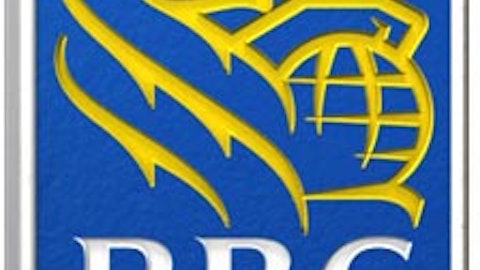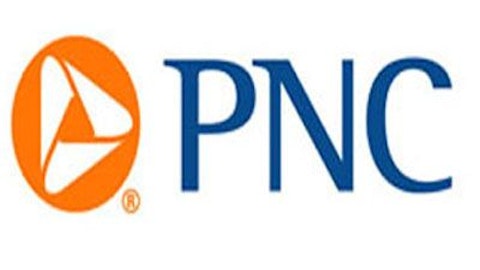RBC weighted heavily on investment banking
The bank expects increasing demand for loans due to the financial recovery. That’s an area that makes up a major part of the company’s revenue. Investment banking accounted for 23% of the firm’s income last year, and that’s set to rise. In fact, the bank is already experiencing a decrease in nonperforming loans and an increase in loan loss reserves. That is a surefire indication that the bank is being paid back, with interest in hand. With that in mind, investors also need to consider the low interest rates that affect margins. However, RBC has managed to average 17% annual returns over the last 10 years.
BNS looks to grow abroad
Emerging markets is the name of the game for The Bank of Nova Scotia (USA) (NYSE:BNS). The company (which is also referred to as Scotiabank) boasts of exposure to India, China, and Brazil. In fact, international exposure represented 18% of the firm’s earnings growth last year, and 50% of the profits came from overseas. Net interest income after loan loss provision was $8.7 billion last year and $6.5 billion in 2009, representing 33% growth, 3 percentage points higher than RBC.
The firm has been growing at a fast pace, with an aggressive acquisition strategy that aims to diversify the company, an area that it lacks when compared to RBC. The majority of that diversification has been in several countries, though each investment is relatively minor compared to RBC’s activity.
When it is in each of these countries, it waits for an acquisition opportunity, which doesn’t always pay off. For example, if a country nationalizes foreign banking assets, The Bank of Nova Scotia (USA) (NYSE:BNS) could get burned, which is exactly what happened about 10 years ago in Argentina.
Scotiabank is also diversifying digitally after its recent acquisition of ING Bank of Canada’s online banking operations. That increased CAD $40 billion of assets and CAD $30 billion of deposits, including 1.8 million customers. This allows the bank to cross sell its products and services, and shows a tremendous amount of growth for its share price.
BMO gives back to shareholders
Those focusing on yields should turn to Bank of Montreal (USA) (NYSE:BMO). The firm offers a yield of just under 4.7%. In fact, the bank pays its shareholders around 45% of earnings. The dividend has grown 9% in the last decade. The net interest income after loan loss provision was over $8 billion last year, and while it is lower than the two aforementioned banks, it is an increase of about 100% from 2009 when the number was just under $4 billion.
The company isn’t exposed outside of North America, as it currently splits operations between the United States (30%) and Canada (70%). However, the company is expanding its U.S. operations fast, and in 2011, it doubled its American exposure with the purchase of Marshall & Ilsly. The company is a safer purchase for those not bullish on the profitability of developing nations. Also, with hard feelings permeating in the American banking sector, a firm boasting the name of a Canadian city (and an air of stability) could catch on quickly. This will likely allow the bank to gain market share in the United States.
Which bank to go with…take your pick
RBC stands out as a Canadian bank for the safe investor. The firm is large enough to withstand disappointing starts in Asian countries, but as it strengthens its hold there, operations will become more efficient. The Bank of Nova Scotia (USA) (NYSE:BNS) and Bank of Montreal (USA) (NYSE:BMO) have shown considerable growth since the recession, and with the banking sector in Canada considered one of the strongest in the world, it’s difficult to not win with any of these highly regulated, safe investments with huge potential upside.
The article It’s Hard to Go Wrong With Canadian Banks originally appeared on Fool.com and is written by Phillip Woolgar.
Phillip Woolgar has no position in any stocks mentioned. The Motley Fool recommends The Bank of Nova Scotia (USA). Phillip is a member of The Motley Fool Blog Network — entries represent the personal opinion of the blogger and are not formally edited.
Copyright © 1995 – 2013 The Motley Fool, LLC. All rights reserved. The Motley Fool has a disclosure policy.




